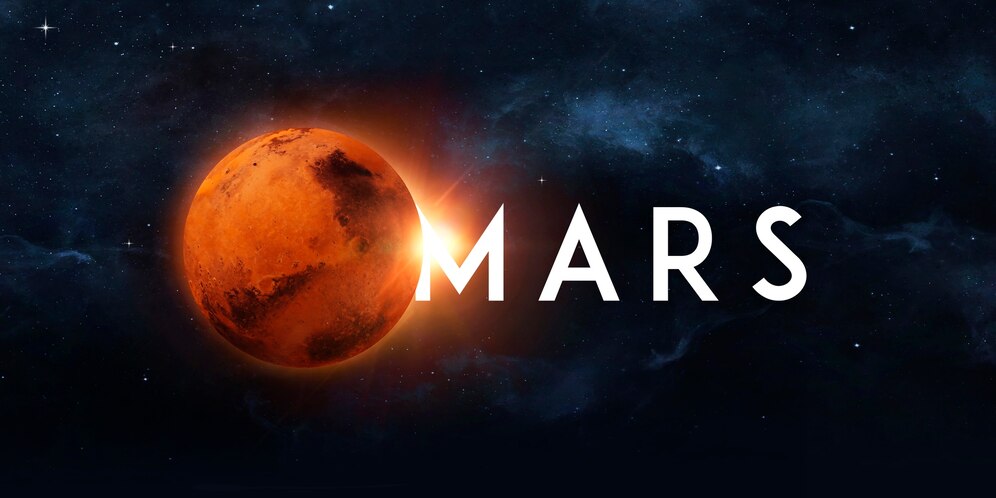The Challenges of Establishing a Human Colony on Mars
Mars has long been a source of fascination, with its barren landscapes and potential for scientific discoveries. In recent years, space agencies and private companies like NASA and SpaceX have set their sights on turning science fiction into reality—establishing a human colony on the Red Planet. However, while this ambition is inspiring, the road to making Mars habitable for humans is fraught with immense challenges. From extreme environmental conditions to psychological hurdles, let’s explore the major obstacles that must be overcome to establish a sustainable colony on Mars.
1.
Mars Hostile Environment
Unlike
Earth, Mars has a thin atmosphere composed primarily of carbon dioxide, with
only trace amounts of oxygen. This makes breathing impossible without an
artificial life support system. The atmospheric pressure on Mars is also less
than 1% of Earth's, meaning that any unprotected human would experience
conditions similar to being in a vacuum. Additionally, frequent dust storms and
low gravity (about 38% of Earth’s) present further complications for both human
health and infrastructure stability.
2.
Extreme Temperatures and Weather
Mars
is an extremely cold planet, with average temperatures around -63°C (-81°F). In
some regions, temperatures can plummet to -125°C (-195°F). These harsh
conditions make it difficult for humans to survive without specialized habitats
designed to retain heat and protect against freezing. Moreover, dust storms on
Mars can last for weeks, covering solar panels and reducing energy supply,
making reliable power generation a challenge.
3.
Radiation Exposure and Health Risks
Unlike
Earth, Mars does not have a strong magnetic field to shield it from harmful
cosmic and solar radiation. Prolonged exposure to this radiation increases the
risk of cancer, genetic mutations, and other health complications. Future Mars
colonies will need advanced radiation shielding, possibly using underground
habitats, water-based barriers, or radiation-resistant materials to protect
inhabitants.
4.
Scarcity of Essential Resources
Sustaining
human life on Mars requires water, food, and oxygen—resources that are not
readily available. While scientists have discovered ice deposits beneath the
Martian surface, extracting and purifying water remains a significant
challenge. Food production will likely depend on hydroponic or aeroponic
farming within controlled environments, while oxygen could be generated through
chemical processes such as electrolysis. However, ensuring a steady supply of
these essentials will require significant innovation and resource management.
5.
Transporting Humans and Supplies
The
journey to Mars takes around six to nine months using current space travel
technology. This prolonged trip exposes astronauts to microgravity, which leads
to muscle atrophy and bone loss. Once there, resupply missions from Earth would
be costly and infrequent, meaning the colony must be self-sufficient in most
aspects. Developing faster propulsion methods and efficient in-situ resource
utilization (using Mars’ natural resources) will be critical for long-term
survival.
6.
Psychological and Social Challenges
A
Mars colony would be isolated, with settlers living in confined spaces and
facing long periods without direct human contact beyond their small community.
Communication delays with Earth (ranging from 5 to 20 minutes each way) would
make real-time conversations impossible. These conditions could lead to stress,
depression, and conflicts among colonists. Creating a strong psychological
support system, along with recreational activities and social bonding measures,
will be essential to maintaining a stable society.
Conclusion
The
dream of colonizing Mars is one of humanity’s most ambitious goals. However,
the obstacles are vast, requiring revolutionary advancements in technology,
resource management, and human adaptation. Despite these challenges, each step
taken toward a Martian colony brings us closer to understanding our universe
and expanding the boundaries of human civilization. With collaboration,
innovation, and perseverance, Mars could one day become humanity’s second home.
.png)






Leave a Comment
Your email address will not be published. Required fields are marked *